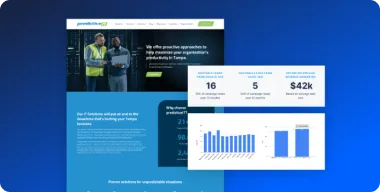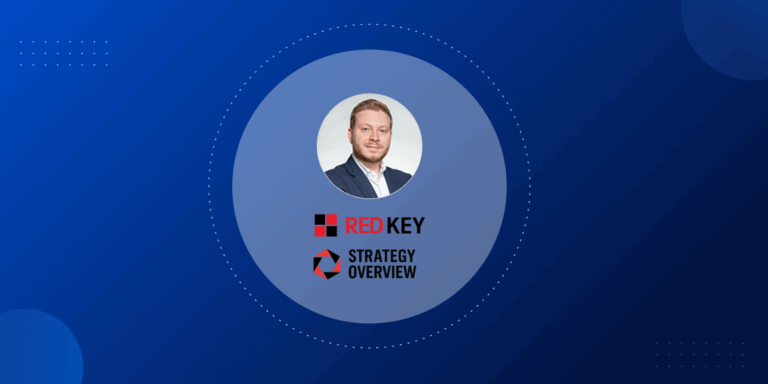Retargeting is the process of marketing your content to those who have previously visited your website using tracking pixels, ads and landing pages. In recent years, Facebook revitalised the way digital marketers looked at retargeting and improved its retargeting model to give them better results.
Facebook’s retargeting starts with a tracking pixel. Users embed this unique pixel onto high-traffic pages of their websites. Once a person visits a page and then clicks away to another site or closes the window, the tracking pixel captures the user’s information – pages visited, time spent browsing – and sends it to a server on Facebook.
The data is then interpreted depending on certain rules the user previously set and used to create ads that feature products and services from those pages visited. Facebook will then use the information from the pixel to identify the visitor’s Facebook account – if possible – and the marketer can start displaying the ad to that specific visitor.
Once the visitor clicks on the ad, he or she will come to a landing page – a page of your creation that provides further information about the message of the ad and gives visitors an avenue to act.
Retargeting may sound intimidating at first, but learning how to make your pixel, ad and landing page work together can lead to some serious benefits. According to a study done by SeeWhy, a behavioural marketing company, 46 percent of those who see retargeted ads will return to the website. Without retargeting, roughly eight percent will return, says the study.
Clearly, retargeting makes a difference when the three key components are working in harmony. Read on to learn more about Facebook retargeting and how it can revolutionise your Facebook advertising strategy.
Part 1: Tracking website visitors
Your website sees plenty of diverse action. It brings in new visitors from search engines who just discovered your company in their searches and visitors whose social media friends posted a link online. If you have a healthy supply of backlinks, you might be getting visitors from other industry-related sites.
Whatever the path they take to your website, these visitors have the potential to be strong leads. You can help set the casual visitors apart from the interested buyers through website tracking. By embedding the tracking code on certain product and service pages, you’ll get a better idea about who is looking at your pages and how you could potentially market to them.
To start tracking visitors, you’ll need to create a Facebook pixel. In laymen’s terms, the pixel is merely a bit of website coding. Each business account on Facebook gets one unique pixel which can be used on a number of pages at once.
When you log into your Facebook ad account, choose Tools section at the top of your menu and go down to Pixels > Facebook Pixels. Here you can go to Create A Pixel and name it whatever you like. Since you only get one, give it a name that will act as a good representation of your business.
Facebook will generate a code for you, and you or your web designer will be able to embed that code in your website pages. From there, you can begin building an audience database through Custom Audiences, which we’ll talk about in the next section.
Part 2: Designing attractive retargeting ads
With Custom Audiences, you can set certain parameters for retargeting to make sure that you track a very specific set of website visitors. You can target visitors who:
- Visited a certain page
- Visited one page but not another
- Visited the website but have not returned in 60 days
Facebook takes the data it pulls in from the pixel and runs it against its own database of users to find matching accounts. Once Facebook finds those accounts and you create your ad (which we’ll get to next), Facebook will show your ad to the accounts that matched the pixel’s tracking information.
Of course, showing the ad to a former website visitor is one thing; getting them to click is another. Here are a few helpful tips to craft the perfect retargeting ad:
- Offer an enticing perk: Most of your viewers will ask the same question, “What’s in it for me?” Give them a good reason to click your ad by promoting something of value – an ebook, white papers, something to help them accomplish a task or goal.
- Highlight a juicy benefit: What does your product do that the competition definitely doesn’t?
- Promote a discount: Giving a discount is an easy way to get your visitors to look twice, but it does come with problems. Some people anticipate discount offers after visiting and clicking away from a company page. You may be losing money if you have too many people doing this, but a great discount is a good way to get people back to your website.
Part 3: Creating comprehensive landing pages
So you’ve tracked your website visitors and caught their attention with your ads. You’re not done yet. To finally get your website visitors to complete your CTA, you need a comprehensive landing page to help visitors complete the final step – fill out a signup form, download an ebook or RSVP to a trade event.
The key to a great landing page is simple – the landing page must echo whatever the original ad said. You do not want any disconnect between the two.
For example, let’s say your ad offers free consultation for any new client. When a viewer clicks on the ad and is directed to a landing page, the viewer sees a lot of information about the paid service, but nothing about the free consultation. There’s now a disconnect, and the viewer feels angered and frustrated.
Landing pages should provide more information about your products or services, but they must always deliver on the ad’s promise. The ad will get viewers to the landing page, but the landing page needs to go one step further and make the final pitch.
With a strong retargeting ad and landing page combined, you can create better leads that go on to become repeat sales. Make sure that the landing page delivers on the ad’s original promise and adds valuable information. By the time your viewer reads through your landing page, they will be ready to buy – or at least sign up for more information about your company.
Author bio:
Mike Bird is a co-founder of digital marketing agency, Social Garden, which specialises in data-driven lead generation & marketing automation to grow companies’ revenue in the finance, property and education verticals in Australia.
Mike is an influencer in the social media marketing & Facebook advertising space and contributes to Social Media Examiner, Social Media Today, Yahoo! Business Advisor and most importantly, the Social Garden blog.




